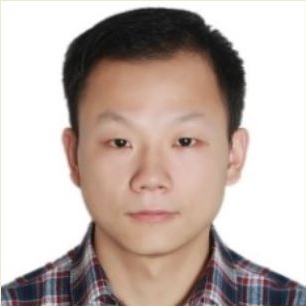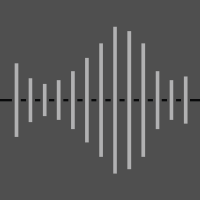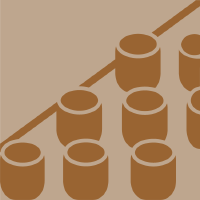Topic Menu
► Topic MenuTopic Editors

2. European Academy of Sciences, Engineering Division, Brussels, Belgium




Recent Advances in Structural Health Monitoring
Topic Information
Dear Colleagues,
All the theoretical and technological aspects of structural control and health monitoring theory on materials and structures are covered in the concept of Structural Health Monitoring (SHM).
There are currently a number of highly effective non-destructive evaluation tools available for SHM monitoring. Nondestructive testing (NDT) refers to a group of non-invasive inspection procedures that are used to assess material qualities, components, and complete process units. Damage mechanisms can also be detected, characterized, and measured using these techniques.
The emphasis of this Topical Collection is the crucial field of damage identification and maintenance of modern and historical buildings, as well as for aerospace and mechanical engineering structures and civil infrastructure.
Original contributions using analytical, numerical, and experimental methods are sought in the main areas of monitoring and control of materials and structures.
Topics include the more classic areas of monitoring, such as data acquisition, signal processing, and sensor technology, by using acoustic emission damage detection or vibration-based identification methods. Furthermore, in the field of mechanics, passive, active, and semi-active schemes and implementations to perform systems control diagnostics are well accepted.
Other areas of great interest are those of remote data analysis methodologies, such as wireless communications, control of monitoring systems, sensor-logger combinations for mobile applications, and those on multifunctional materials and structures or artificial intelligence tools.
Among others, the methodologies that involve the use of embedded N/MEMS sensors for local damage detection, corrosion sensors, optical fiber sensors, sonic-ultrasonic tests, digital image correlation, tomography techniques, Raman and terahertz spectroscopy, and electromagnetic analysis, which allow evaluating the level of structural damage and its evolution over time, will find space in this Topical Collection.
As a result, the aim of this new initiative is to bring together researchers working in the field of NDT-SHM, both at the material and structure scale. It is expected to provide novel insights into the application of NDT to a wide variety of materials and structures in the fields of Civil Engineering and Architecture, as well as in Mechanical Engineering.
Prof. Dr. Giuseppe Lacidogna
Prof. Dr. Sanichiro Yoshida
Dr. Guang-Liang Feng
Prof. Dr. Jie Xu
Dr. Alessandro Grazzini
Dr. Gianfranco Piana
Topic Editors
Keywords
- structural health monitoring
- damage evaluation
- cracking evolution
- acoustic emission
- sensors
- structural stability
- vibrations
- dynamic control
- optical fibre
- digital image correlation
- sonic-ultrasonic test
- tomography techniques
- impact test
- spectroscopy
- radar test
- electromagnetic analysis
Participating Journals
| Journal Name | Impact Factor | CiteScore | Launched Year | First Decision (median) | APC |
|---|---|---|---|---|---|

Acoustics
|
1.2 | 2.6 | 2019 | 22.3 Days | CHF 1600 |

Applied Sciences
|
2.5 | 5.5 | 2011 | 19.8 Days | CHF 2400 |

Materials
|
3.2 | 6.4 | 2008 | 15.2 Days | CHF 2600 |

Sensors
|
3.5 | 8.2 | 2001 | 19.7 Days | CHF 2600 |

Buildings
|
3.1 | 4.4 | 2011 | 14.9 Days | CHF 2600 |

Preprints.org is a multidisciplinary platform offering a preprint service designed to facilitate the early sharing of your research. It supports and empowers your research journey from the very beginning.
MDPI Topics is collaborating with Preprints.org and has established a direct connection between MDPI journals and the platform. Authors are encouraged to take advantage of this opportunity by posting their preprints at Preprints.org prior to publication:
- Share your research immediately: disseminate your ideas prior to publication and establish priority for your work.
- Safeguard your intellectual contribution: Protect your ideas with a time-stamped preprint that serves as proof of your research timeline.
- Boost visibility and impact: Increase the reach and influence of your research by making it accessible to a global audience.
- Gain early feedback: Receive valuable input and insights from peers before submitting to a journal.
- Ensure broad indexing: Web of Science (Preprint Citation Index), Google Scholar, Crossref, SHARE, PrePubMed, Scilit and Europe PMC.


